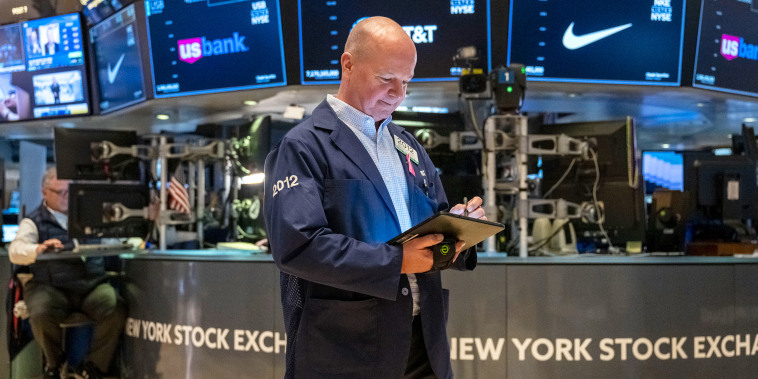The recent surge in the Dow Jones Industrial Average to a historic high of 40,000 points has been attributed to various factors that have propelled the market rally. Understanding what has driven this impressive milestone and analyzing the potential reasons behind its sustainability can provide valuable insights for investors and analysts aiming to navigate the financial landscape.
One significant factor contributing to the Dow’s rally is the remarkable recovery of the economy following the challenges posed by the COVID-19 pandemic. The rollout of vaccines, robust fiscal stimulus measures, and a rebound in consumer spending have all played pivotal roles in restoring confidence in the market. As the economy continues to regain its footing, investors have become more optimistic about the prospects of companies and industries, driving the surge in stock prices.
Moreover, the proactive monetary policies implemented by the Federal Reserve have provided essential support to the financial markets. Lower interest rates, bond purchasing programs, and quantitative easing measures have injected liquidity into the system, creating a conducive environment for investment and growth. The accommodative stance of the Fed has bolstered investor sentiment and underscored the central bank’s commitment to supporting economic recovery.
Furthermore, advancements in technology and innovation have also fueled the Dow’s rally, particularly in the tech sector. Companies at the forefront of digital transformation, e-commerce, and cloud computing have experienced substantial growth, attracting investments from individuals and institutions alike. The increasing adoption of technology-driven solutions and the shift towards a digital economy have positioned tech stocks as key drivers of market performance.
Additionally, the resurgence of infrastructure spending and the focus on sustainable investing have contributed to the positive momentum in the market. The Biden administration’s emphasis on infrastructure development, clean energy initiatives, and climate-conscious policies have generated opportunities for companies in sectors such as renewable energy, construction, and transportation. Investors are increasingly looking towards companies that align with these themes, further propelling the rally.
Looking ahead, several factors suggest that the Dow’s rally could be sustainable in the long term. Continued economic growth, ongoing fiscal and monetary support, technological innovations, and evolving consumer trends all indicate a positive outlook for the market. However, risks such as inflationary pressures, geopolitical uncertainties, and regulatory changes should also be carefully monitored to mitigate potential downside risks.
In conclusion, the Dow Jones Industrial Average’s ascent to 40,000 points reflects a confluence of factors that have driven the market rally to new heights. By understanding the underlying drivers of this rally and evaluating the potential for its continuation, investors can make informed decisions and navigate the complexities of the financial markets effectively. The interplay of economic fundamentals, policy interventions, technological advancements, and market dynamics will continue to shape the trajectory of the Dow and present compelling opportunities for investors in the future.

